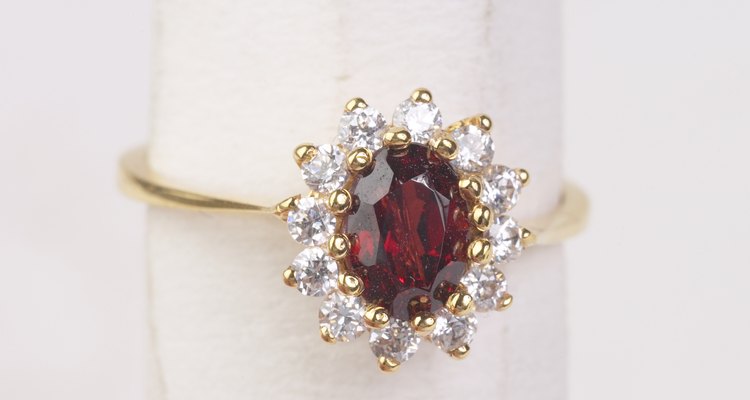
Hemera Technologies/AbleStock.com/Getty Images
Rubies are deep red gems prized for their beauty and clarity. The name comes from "ruber," Latin for red. Rubies are considered to be one of the four precious gems, and are often used in jewelry. The birthstone for July is a ruby, and while rubies can be found anywhere, they are most often found in Indonesia, Africa and the Middle East. Rubies also have a variety of physical characteristics that set it apart.
Hardness and Chemical Compostion
Rubies have a hardness of 9.0 on the Mohs scale of mineral hardness because they are actually the gem form of the mineral corundum. Corundum is a crystalline form of aluminum oxide, which is one of the most durable minerals on earth. Corundum also produces sapphires. The chemical formula for a ruby is Al2O3, its specific gravity 3.9 - 4.1, and its refractive index 1.76 - 1.77.
Imperfections and Treatment
All rubies found naturally have imperfections in them, including color impurities and silk "needles." In fact, scientists rely on these needles to determine the authenticity of the gem. Although high-quality untreated rubies are sold for large sums, today most rubies are treated before setting and sale. This treatment dissolves the needle inclusions and produces a clearer, brighter stone.
Hue and Asterism
Rubies are, by definition, red. Trace amounts of the element chromium actually causes this red hue, but the type of red seen can vary. In general, the most prized shade of ruby is described as "pigeon blood red." However, rubies can also have secondary hues, including orange, purple, violet and pink.
Ruby sometimes displays a three-ray, six-point star. This phenomenon, called asterism, is caused by light reflecting off the ruby's natural rutile "needles," which are aligned along the facets of the crystal.
Related Articles
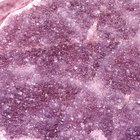
What Is a Pink Amethyst?
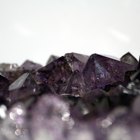
Types of Valuable Crystals
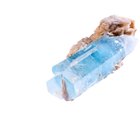
List of the Types of Semi-Precious ...

Difference Between Manmade & Natural ...

What Is Ceylon Sapphire?

What Is 916 in Jewelry?

Information on African Rubies
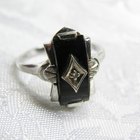
What Is Marcasite Jewelry?
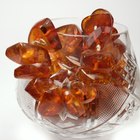
What Is Cognac Amber?
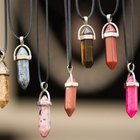
Types of Coral Jewelry
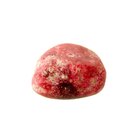
How to Identify Red Jasper

What Is Mercury Mist Topaz?

What Is the Luster of a Diamond?
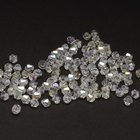
What Is Crystal AB?

How Valuable Is a Garnet in Carats?
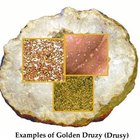
What Is Golden Druzy?

How to Clean Sterling & Turquoise ...
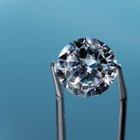
Strontium Titanate Vs. Diamond
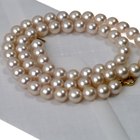
What Is the Range of the Cost of Pearls?
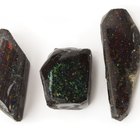
Which Types of Gems Are Most Expensive?
References
Writer Bio
Janet Jay is freelance writer currently working in Austin, Texas. Since she began writing in 2007, she has published numerous stories in the "Knoxville News Sentinel," "Knoxville Magazine," "Metro Pulse," and "Everything West." Jay has experience in a variety of fields, including Marketing/PR, copywriting and editing, and tutoring.
Photo Credits
Hemera Technologies/AbleStock.com/Getty Images